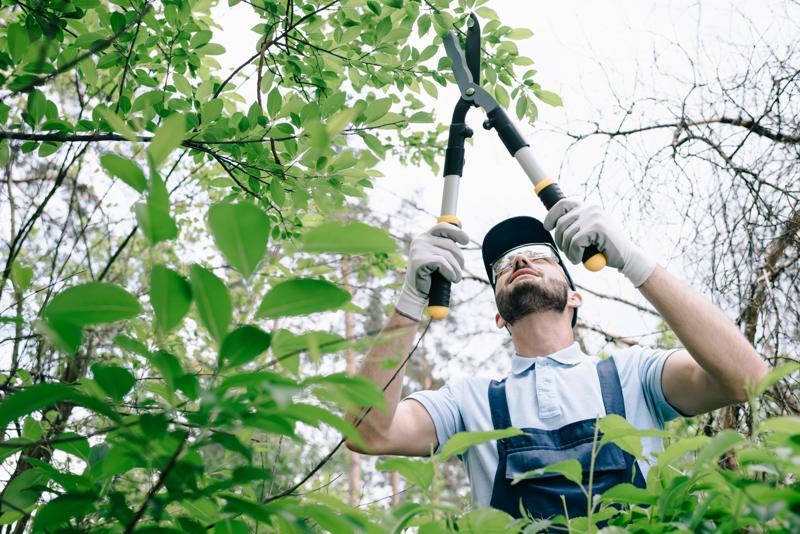The importance of Proper Tree Identification: How Do You Know whether a Tree is protected

Trees play an essential part in the environment as they provide shade, clean air and aesthetic value to our surroundings. However, not all trees are identical and some are granted extra protection status, which makes it illegal to do any activity without authorization. If you’re considering having a tree removed, it’s essential to understand the protection status of the tree being considered and what steps you’ll need to follow to be in compliance with the legal requirements. The following article we will walk you through the process of discovering whether a tree is secured and the steps you have to do to ensure that you are acting within the law.
What is a protected tree?
A protected tree is subject to specific legal restrictions, and it’s illegal to do work on a protected tree without obtaining the necessary permissions. There are two types of protection a tree might have: preservation and protection orders that are statutory.
Statutory protection
In the context of the law, trees are protected by law and are subject to Tree Preservation Orders (TPOs). TPOs are issued by local authorities to safeguard trees of significant value to the public and ensure they are not damaged or destroyed.
Preservation orders
Preservation orders are similar to TPOs , but are issued through the secretary of state for the Environment. Preservation orders for trees are considered to have an exceptional worth and are therefore protected from any work, including cutting down.
How can I tell when a tree is in danger?
To determine whether trees are protected, you will need to verify if it’s in the process of being subject to the protection of a TPO or preservation or protection order. It is done by contacting your municipal authority, and asking them to look up their archives.
TPO search
To search for a TPO You can reach the Tree or Woodland Official at the local authority. They will be able to tell you whether the tree is in the protection. They’ll also be able to guide you on the next steps you should do if your tree is in a protected area.
Preservation order search
In order to search for a preservation permit, you must contact the Secretary of State for the Environment. They will be able to tell you whether the tree is in the protected zone and will provide the information you require and direction.
FAQs:
What is the consequence if I do work on a protected tree without permission?
If you work on a tree that is protected without the appropriate authorizations, you could be subject to significant fines, and possibly even jail time.
Can I appeal an TPO Or preservation or TPO?
Yes, you are able to appeal a TPO or preservation order if that it is not justified. You will have to provide evidence to support your claim and explain that you believe that the TPO or preservation order isn’t needed.
Can I take down a protected tree?
It is illegal to remove protected trees without the necessary permissions. If you need the tree to be removed it is necessary to apply for permission and provide proof to back your claim.
Conclusion
To conclude, knowing if a tree is protected is a crucial aspect in ensuring that tree work is carried out legally. If you know the various types of protection and how to determine if they are protected it is possible to be sure that you are acting within the law and protecting the trees in your care. If you’re not sure about the protection status of the tree you are in charge of, we suggest consulting a reputable tree specialist like Tree Services Brisbane. Our team of experienced arborists will be able to advise you regarding the status of protection of your trees and walk you through the steps to ensure that you are following the legal guidelines. With our experience and dedication to provide high-quality tree services we will help you keep the beauty and value that your trees have. Call us now by phone at 0485 882 832 to schedule a consultation and let us help you keep your trees safe and healthy.





















